Conserving the ocean with data and donations
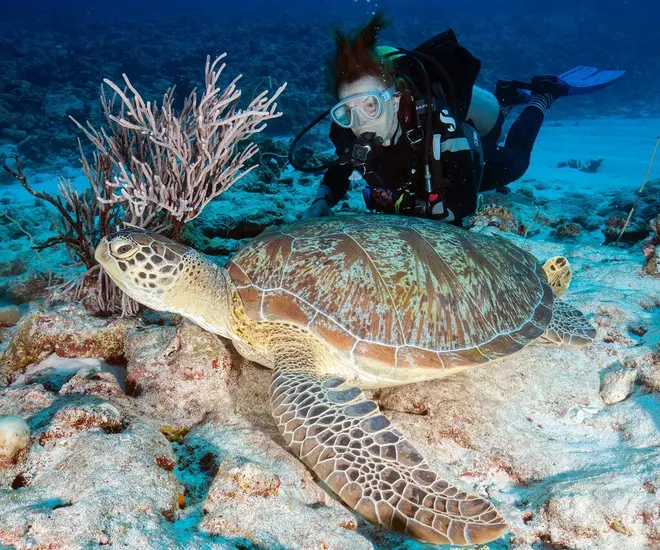
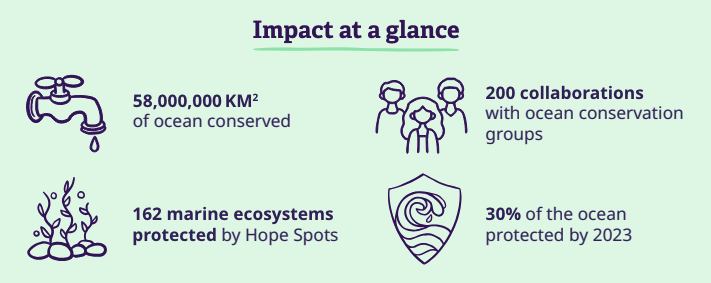
Overview
“When you’re underwater, the world is slow,” says Caro Dratva, development team specialist at Mission Blue.
“Your senses are heightened — you can hear every dolphin coming to play, every school of fish, every breath you take through your diving gear. The ocean brings me a sense of peace. If I didn’t have to come back to the surface, I don’t think I would — it’s like a second home.”
Founded by Dr. Sylvia Earle in 2009, Mission Blue is a global ocean conservation network that raises awareness for marine ecosystem protections. Following Dr. Earle’s TED Prize-winning plea to conserve the ocean, Mission Blue was able to garner support for its cornerstone project, Hope Spots, comprised of scientifically identified locations critical to ocean health. Today, Mission Blue mounts expeditions to map, gather data on, then ultimately safeguard these diverse ocean ecosystems.
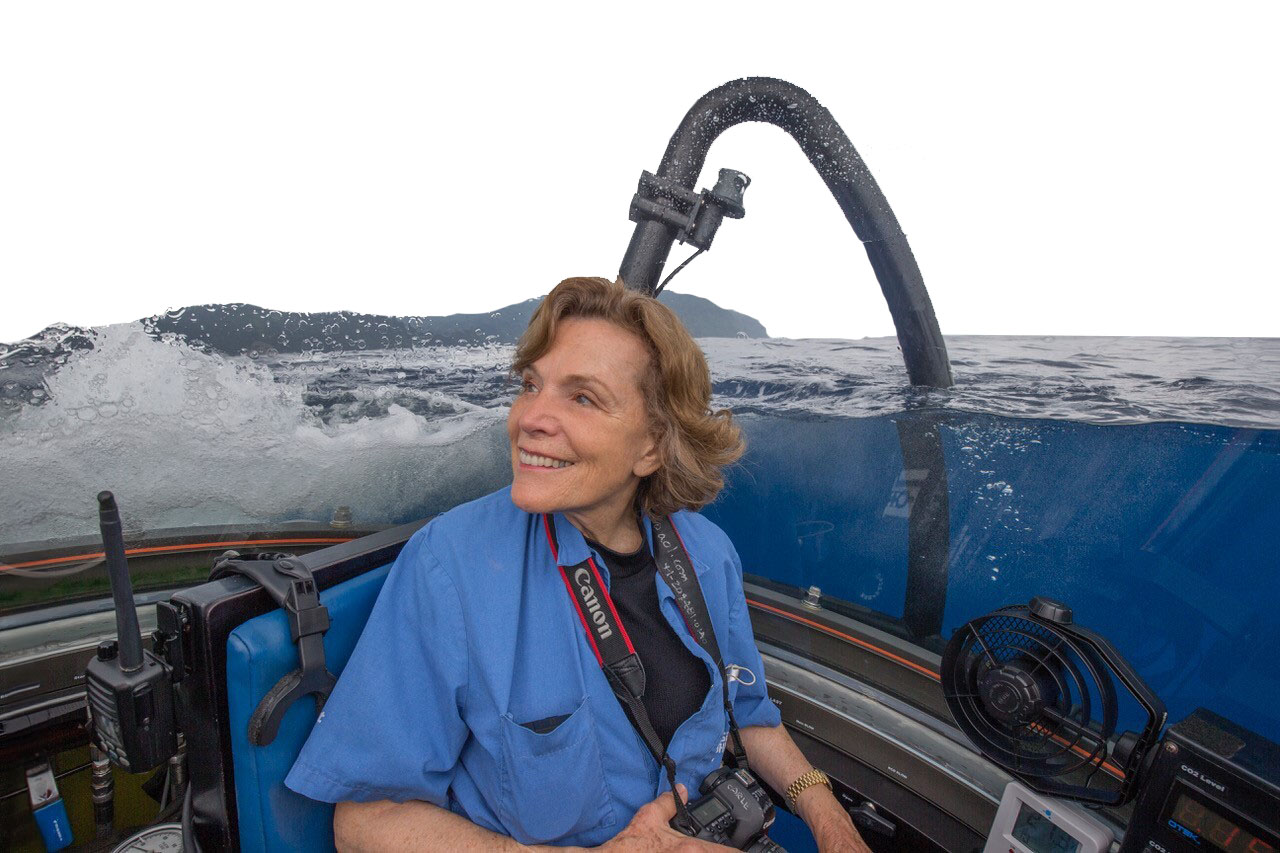 Dr. Sylvia Earle on an expedition
Dr. Sylvia Earle on an expedition
“Since our inception in 2009, we have done so much work to expand Mission Blue’s reach,” says Caro. With a staff of less than 20 people, Mission Blue has attracted more than 200 ocean conservation groups and non-government organizations, plus a wealth of individual donors, supporters, and friends to elevate ocean conservancy to new heights.
Challenge
Threats to the blue
Human activities have adverse effects on marine ecosystems. These environmental stressors lead to accelerated species extinction rates, the deterioration of coral reefs, and ocean acidification, which can be caused by the burning of fossil fuels and other harmful activities. Climate change also impacts the ocean by raising water temperatures, lowering oxygen levels, and affecting the timing of seasonal events such as fish spawning, which can impact fisheries and supply chains.
Dr. Earle and the team at Mission Blue saw a critical need to establish a support system for areas of the ocean most affected by degradation.
“There are a lot of communities in the world that depend on ocean ecosystems: Think about fishing towns,” explains Caro. “These communities depend on the ocean for sustenance, for their livelihoods,” Dr. Earle says, “No water, no life. No blue, no green.”
The stakes are huge, but Mission Blue has a vision. “We’re striving to protect 30% of the ocean by 2030; right now, we only have 8.2%, so there’s quite a way to go,” says Caro.
The toll on marine ecosystems
Climate change can negatively impact the health of the ocean and its inhabitants, causing:
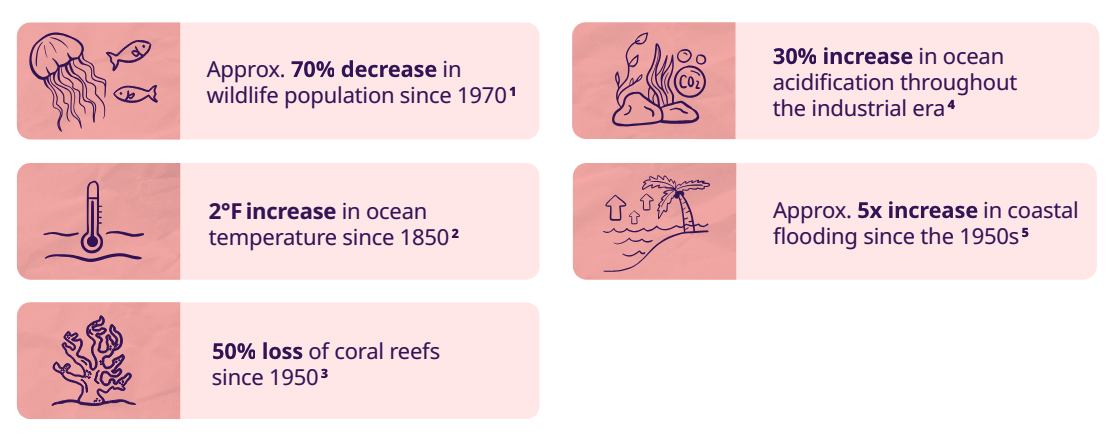
Solution
Mapping hope spots
To move closer to 30% by 2030, Mission Blue created Hope Spots to protect both intact ecosystems, and the most at-risk marine ecosystems. As of 2024, these areas cover an estimated 57.6 million kilometers of ocean that can recover from damage caused by humans.
While Hope Spots are akin to marine protection areas (MPAs) — where human activity is restricted for conservation purposes — they’re even more encompassing: MPAs mostly focus on areas where extractive activities are already heavily monitored; Hope Spots, however, hone in on locations that require new protections or on existing MPAs that warrant further resources.
“Hope Spots are designed for long-term conservation, whether that’s marine resources or ecosystem services,” Caro explains.
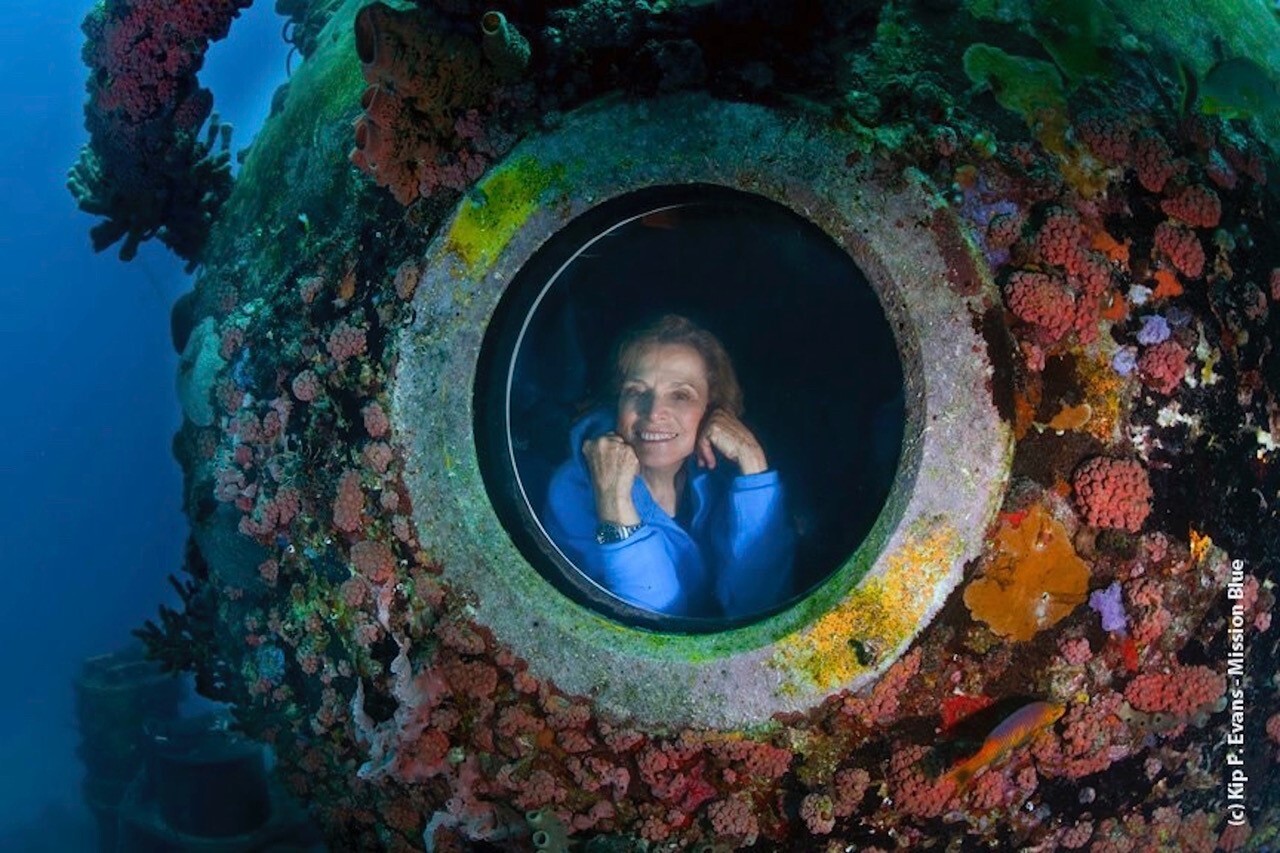
Software that fits
Caro says that Mission Blue’s team is “small, but mighty,” and requires efficient processes to reach the organization’s large network of donors. In 2016, they were searching for a fundraising platform that could be customized to fit the nonprofit’s needs. When they began working with Bonterra Network for Good, they found it to be a much better fit than the program they’d been using.
“We were able to transfer our information seamlessly,” says Caro. “The tool integrates with our website, our donors are happy because it’s easy to reconcile for their taxes, and it’s simple for them to communicate with our team.”
When it comes to expanding Mission Blue’s reach, Bonterra has proved essential. “Our donors input their own information, so it’s easy for them to catch any mistakes.” She points out that the solution is not only accessible but secure. “It’s important for security that we do not hold any credit card information — that’s all held by Bonterra. Even Dr. Earle uses the system to make her own donations.”
Impact
Essential work expanded
Since Dr. Earle’s TED Talk, Mission Blue has established 162 Hope Spots all over the globe and has been the subject of a 2014 Emmy-winning Netflix documentary. As the organization has grown, Caro is encouraged by the increased alignment in the oceanic conservation community. “We know that the ocean can recover if we can agree to stop overfishing and if we establish marine protected areas,” she says. “It’s these things that we can agree on that will help us achieve our goals.”
The organization typically sees its biggest boost in donations around Sylvia Earle’s birthday in late August and the holiday season. A Peer-to-peer fundraising platform has also proved successful, Caro notes. “We’ve had 403 different fundraisers over the years!”
Caro continues to believe technology can advance people’s understanding of the threats to our ocean environments.
“Whether it’s drone footage or underwater cameras, it’s so important that people are informed about what’s at stake,” says Caro. “Technology is how people are exposed to information these days, and it’s in our best interest to take advantage of what can be a huge asset to our cause. It’s our job to inspire people to care about the ocean.”
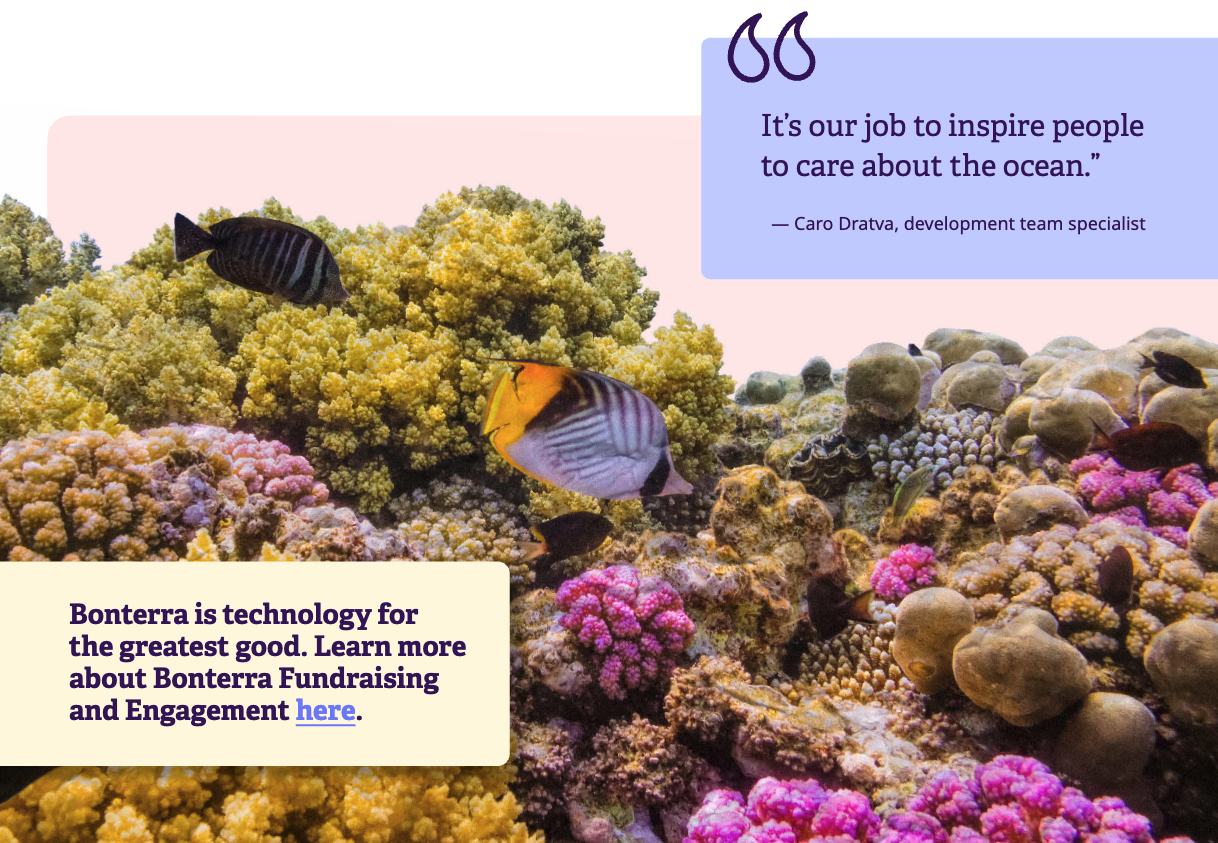
References:
Work with Bonterra



